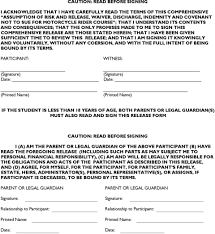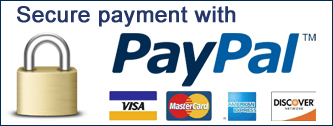What is SSL?
Secure Sockets Layer (SSL) is a protocol for enabling data encryption on the intranet and for helping web site users confirm the owner of the web site. SSL is most commonly used to protect communications between web browsers and servers. However it is increasingly used for server to server communications and for web-based applications.
What is encryption and why are there different levels?
Encryption is a mathematical process of coding and decoding information. The number of bits (40-bit, 56-bit, 128-bit, 256-bit) tells you the size of the key. Like a longer password, a larger key has more possible combinations. When an encrypted session is established, the encryption level is determined by the capability of the web browser, SSL certificate, web server, and client computer operating system.
KD Motorcycle Training uses a SSL to encrypt the information you supply us. We use this info internally and will never sell your information to any 3rd Party.
99+% Browser Recognition
Secure Sockets Layer (SSL) is a security protocol that requires a web server and browser to work together to establish an encrypted channel for the exchange of information. Seamless trust between a browser and server depends on the browser’s ability to trust the SSL provider.
When Servers and Browsers Connect
- When a web browser attempts to connect to a server secured with SSL, the browser requests identification.
- The server sends the browser a copy of its SSL certificate.
- The browser checks whether it trusts the SSL certificate. If so, it sends a message to the server.
- The server sends back a digitally signed acknowledgement to start an SSL encrypted session.
- Encrypted data is shared between the browser and the server.
Trusting the SSL Certificate
Browsers determine whether or not to trust an SSL certificate by checking the source of the certificate issuance. If the SSL certificate is issued by a Certificate Authority that is known and trusted by the browser, the browser extends that trust to the web site secured by the SSL certificate. If the certificate is self-signed or issued by an unknown Certificate Authority, the browser may display an alert or security warning.
Root Certificate Ubiquity
Most browser vendors release their software with pre-installed root certificates from known Certificate Authorities. An SSL certificate’s root ubiquity or level of browser recognition (also called browser compatibility) reflects the number of browsers that trust the Certificate Authority. There may be a few older or uncommon browsers missing root certificates. This is why SSL providers do not claim 100% browser compatibility.
RapidSSL Certificates are recognized by more than 99+% of browsers.




